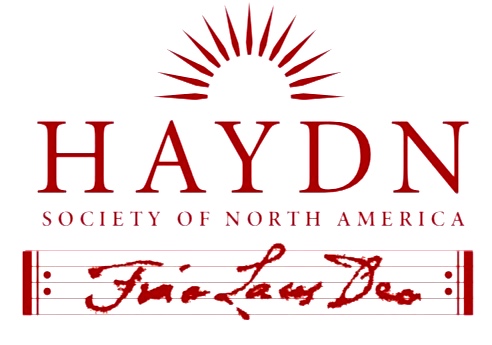
Document Type
Article
Abstract
Interdisciplinary research and teaching is usually touted as at the center of a successful liberal arts college. As musicologists, we already utilize tools of the ethnographic “material culture studies” (thing-theory, materiality) when we study primary sources (especially musical scores), but material culture can be applied to much more. Teaching with artefacts such as instruments, first edition books, and items from everyday life of the past engages students in discussions and paths of inquiry that inevitably lead to understanding the truer historical picture, and to new connections between the past and present. When teaching Haydn, I spend a week using artefacts and readings to establish a sense of the “star” theatrical culture in Enlightenment-era England, encouraging connections with present day souvenirs and collectables of the entertainment industry (figurines, pin-ups, autographed concert programs, etc.). Within this context, Haydn’s role as a London “star”—his celebrated arrival and continued coverage in the press—makes perfect sense. Artefacts that were used to highlight Haydn’s visits there, such as John Bland’s famous portrait engraving of the composer, help students transcend the historical distance and thereby bring a more concrete understanding of abstract ideas.
Recommended Citation
Rogers, Vanessa L.
(2016)
"Haydn as a London "Star": Thoughts on Using Material Culture to Teach Eighteenth-Century Music at a Liberal Arts College,"
HAYDN: Online Journal of the Haydn Society of North America: Vol. 6, Article 2.
Available at:
https://remix.berklee.edu/haydn-journal/vol6/iss1/2
© Haydn Society of North America ; Boston: Berklee Library, 2016. Duplication without the express permission of the author and/or the Haydn Society of North America is prohibited.


